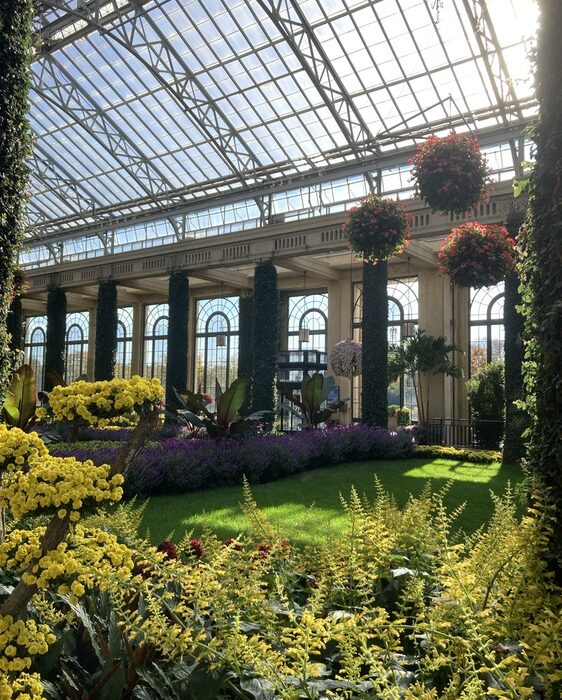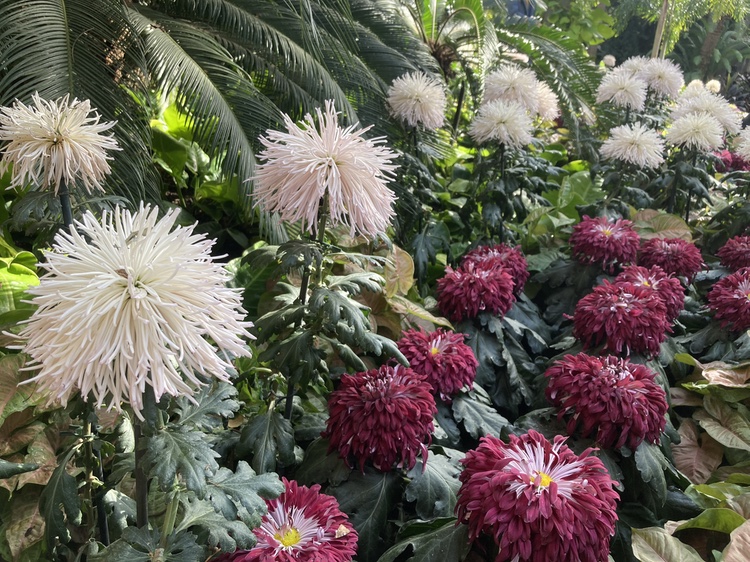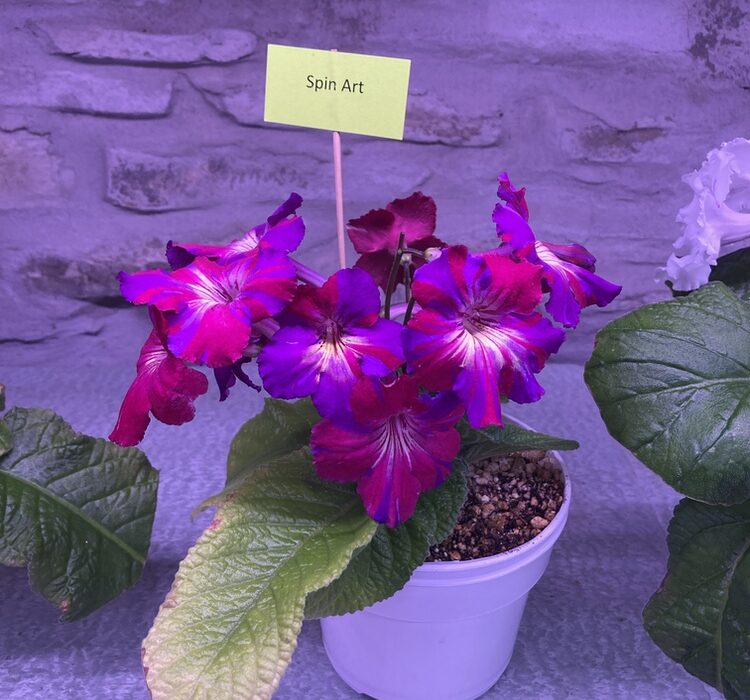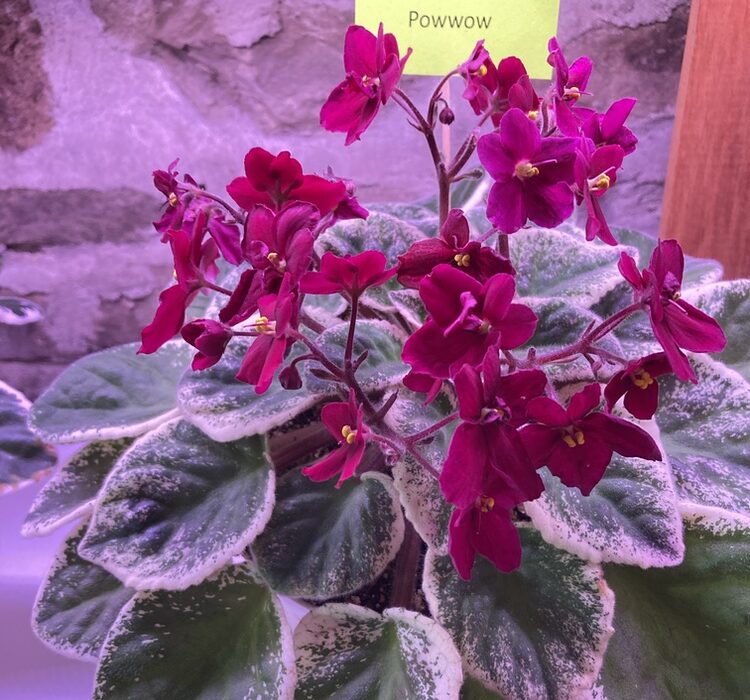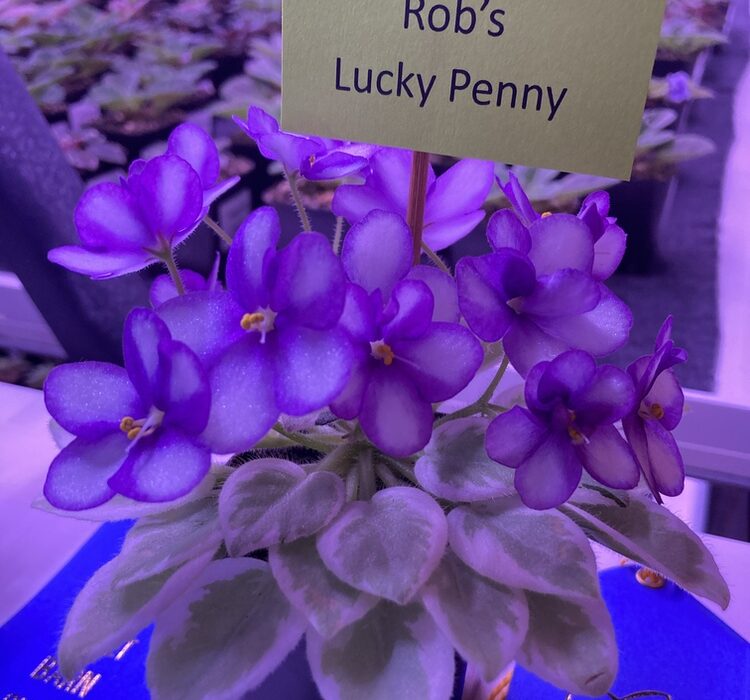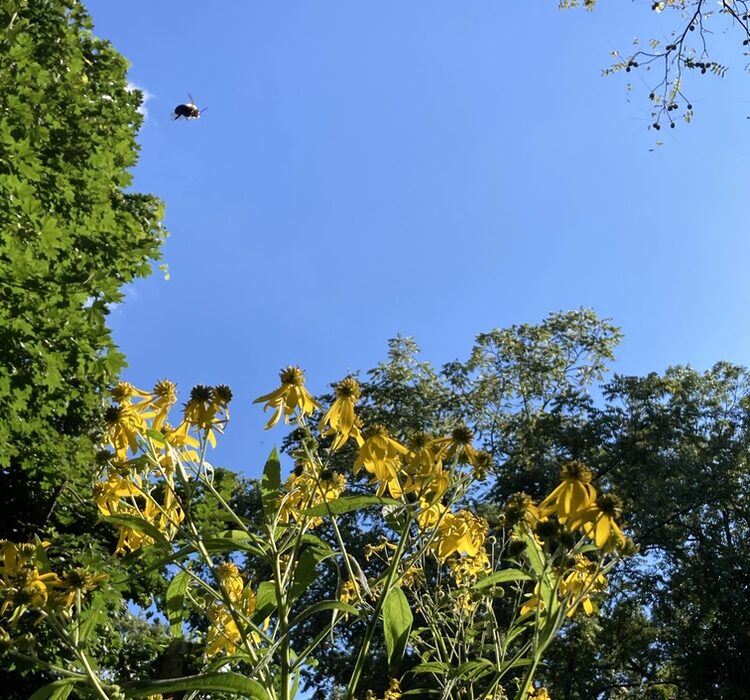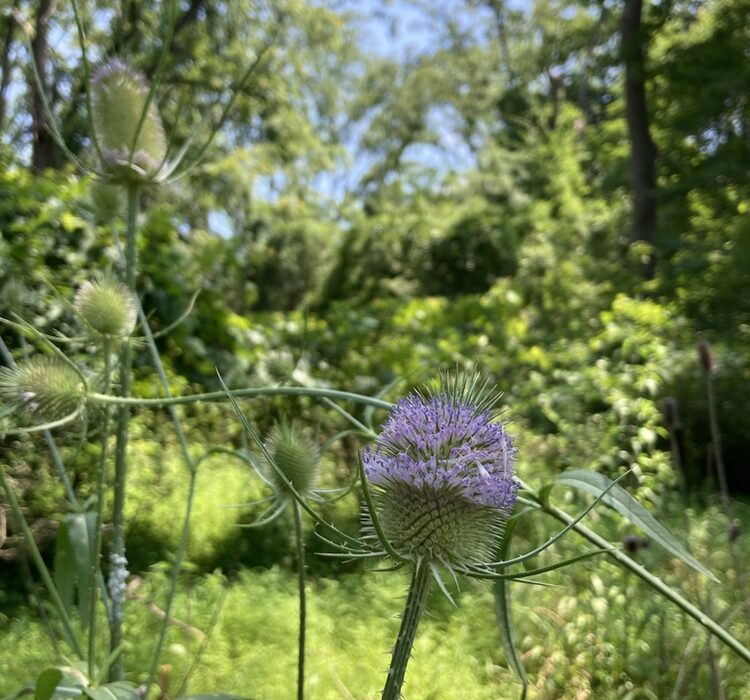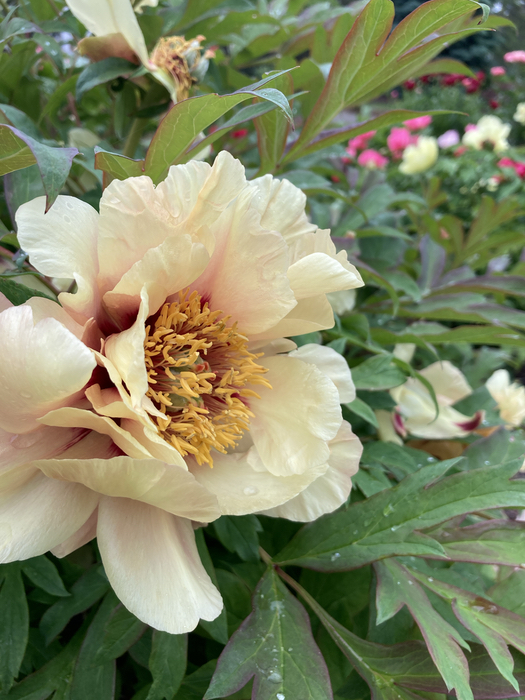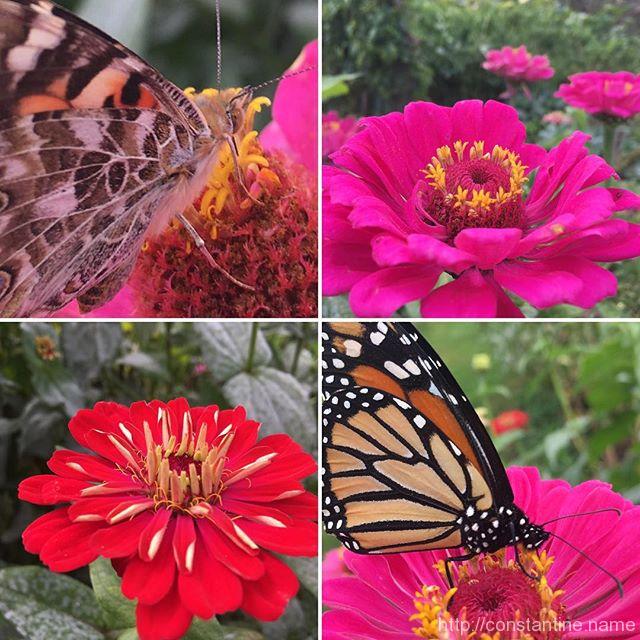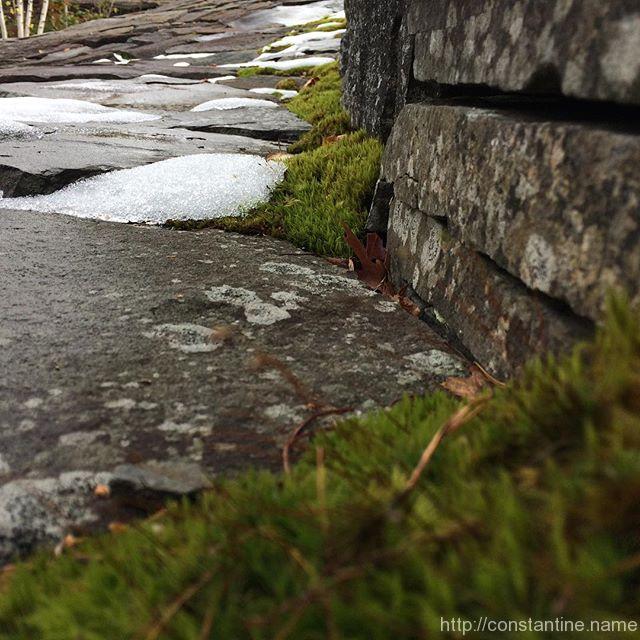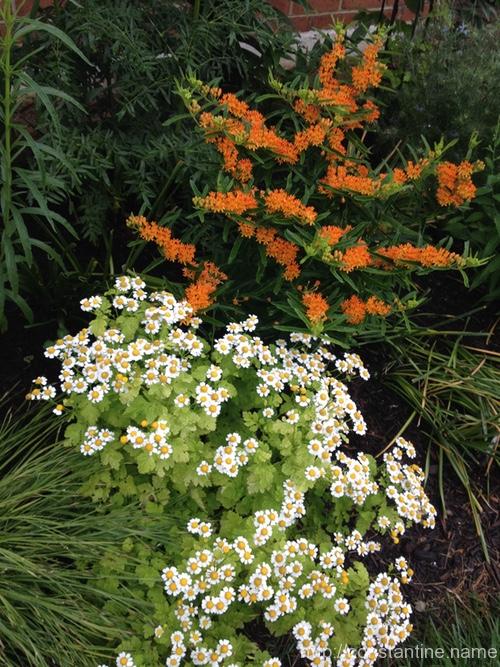The project started with the intent to regenerate a forgotten piece of land in a dense Coburg pocket. Felicity and her husband, architect Marc Bernstein, purchased the awkwardly shaped 250 square metre block to make it happen, but council deemed the land ‘undevelopable’, and banks were unwilling to approve finances.
~ Amelia Barnes from, An Ultra-Sustainable Home On An ‘Undevelopable’ Melbourne Site
To be clear: The property is 250 square-meters, or ~1,700 square-feet. Get to a large computer screen. Get your beverage of choice. Then, click through and get lost on that site.
Meanwhile, the thing that struck me was the undulating ground cover outside the master bedroom. It’s good (but not particularly original) to use something that doesn’t require a lot of water (as opposed to turf grasses)—but to shape the ground into something interesting struck me as whimsical. If I don’t have to mow it, then it doesn’t need to be flat. I wonder where else, in the design of my own environment, am I stuck in my thinking.
ɕ
